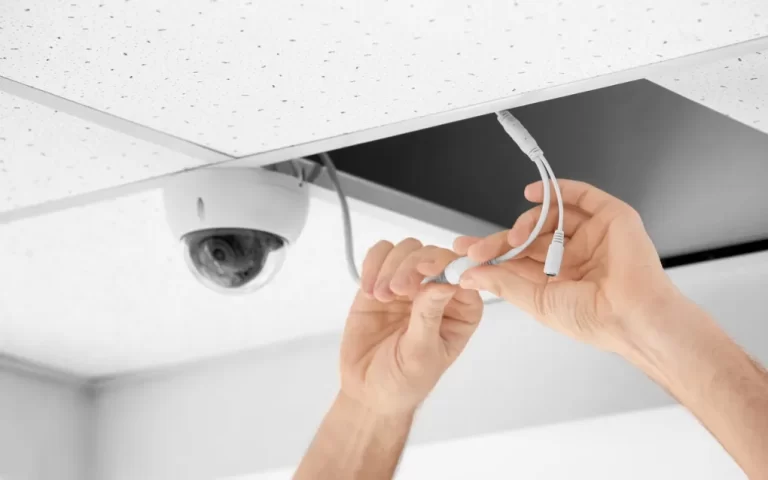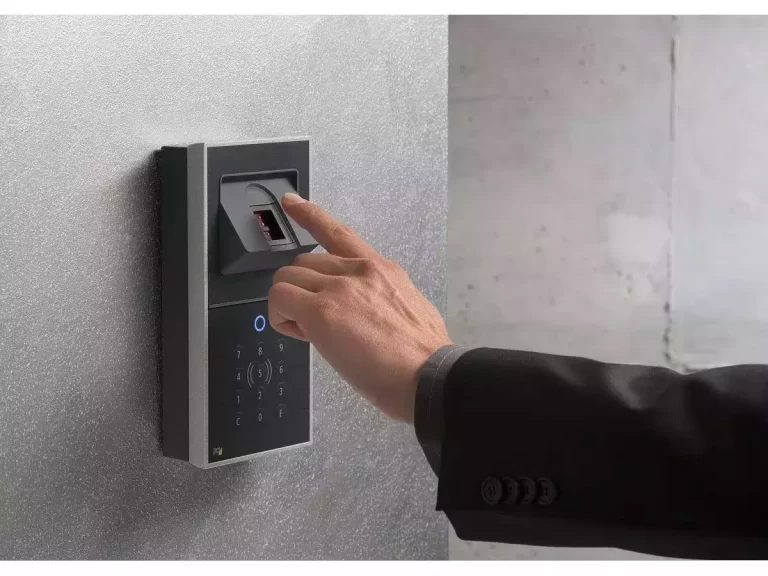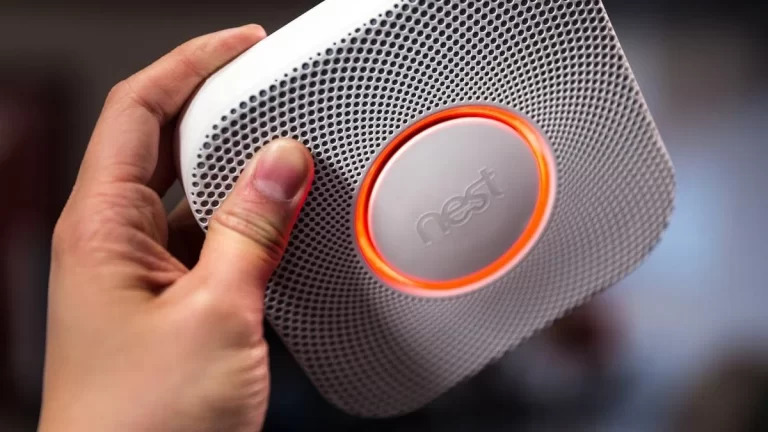What Do Window Sensors Look Like?
In an era where security is paramount, window sensors play a crucial role in safeguarding our homes and businesses. But before diving into their functionality and importance, it’s natural to ask, “What do window sensors look like?”
In this comprehensive guide, we’ll not only answer this question but also provide a deep understanding of window sensors, their appearance, installation, and benefits.
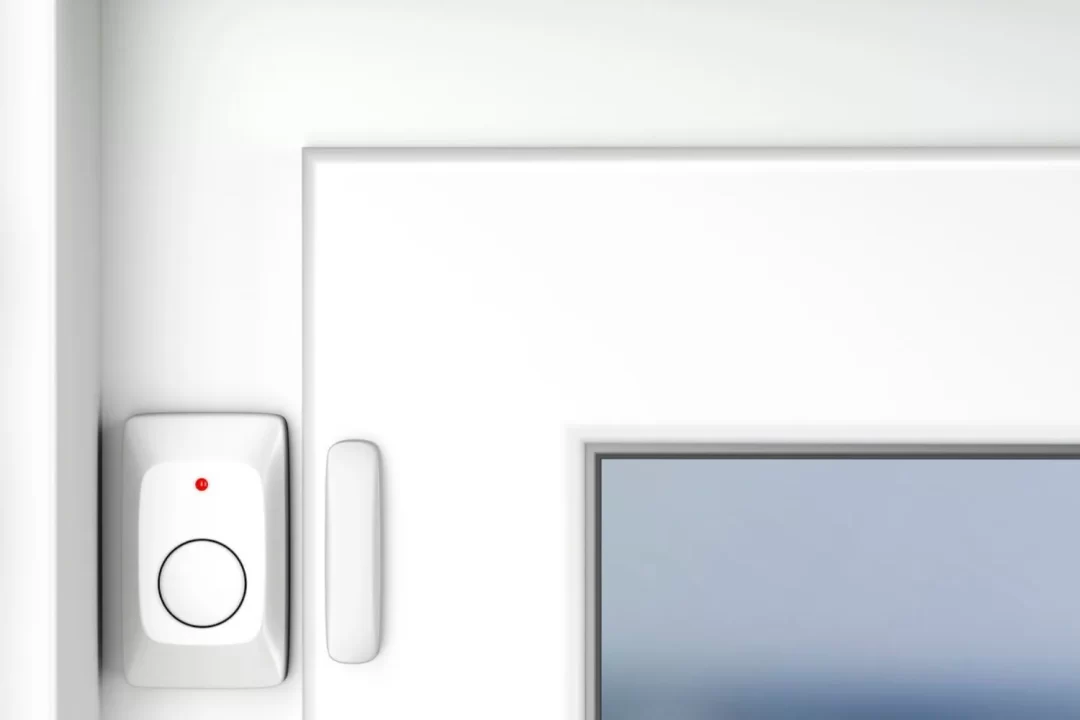
What Do Window Sensors Look Like?
Window sensors, designed with both form and function in mind, come in various shapes and sizes to cater to different security needs. Here’s a closer look at their appearances:
1. Traditional Magnetic Window Sensors
These classic window sensors consist of two parts: a smaller sensor and a magnet. They are typically discreet, with the sensor part blending seamlessly with the window frame and the magnet attaching to the window itself.
Their unobtrusive design ensures they go unnoticed by anyone outside.
2. Slim Profile Sensors
For those seeking a sleeker appearance, slim-profile window sensors are a popular choice.
These sensors are compact and blend effortlessly with modern window frames, maintaining the aesthetic of your home or office. They are often preferred for their minimalist look.
3. Recessed Window Sensors
If you desire a completely concealed solution, recessed window sensors are the way to go.
These sensors are installed within the window frame, making them entirely hidden from view. They are perfect for maintaining a clean and uncluttered look in your living or workspace.
4. Decorative Sensors
Some window sensors are designed with aesthetics in mind. These decorative sensors come in various styles and finishes, allowing you to choose one that matches your interior décor.
They not only enhance security but also add a touch of elegance to your windows.
5. Outdoor Window Sensors
For those concerned about the security of outdoor windows, specialized outdoor window sensors are available.
These sensors are designed to withstand the elements and are often bulkier in appearance to ensure durability.
How to Install Window Sensors
Now that you know what window sensors look like, let’s delve into their installation process. Installing window sensors is a straightforward task that can be accomplished with some basic tools. Here’s a step-by-step guide:
1. Gather Your Tools
Before you begin, ensure you have the following tools ready:
- Window sensors
- Screws or adhesive strips (depending on the sensor type)
- Screwdriver or drill
- Double-sided tape (if needed)
- Window cleaning supplies
2. Choose Sensor Placement
Decide where you want to place the sensors. It’s essential to position them where they can easily detect any unauthorized entry.
3. Prepare the Surface
Clean the chosen areas thoroughly to ensure proper adhesion or screwing.
4. Attach the Sensors
Depending on the type of sensor, either attach them using screws or adhesive strips. Follow the manufacturer’s instructions for the best results.
5. Test the Sensors
After installation, test each sensor to ensure they are functioning correctly. Most sensors come with a test mode to make this process easier.
Benefits of Window Sensors
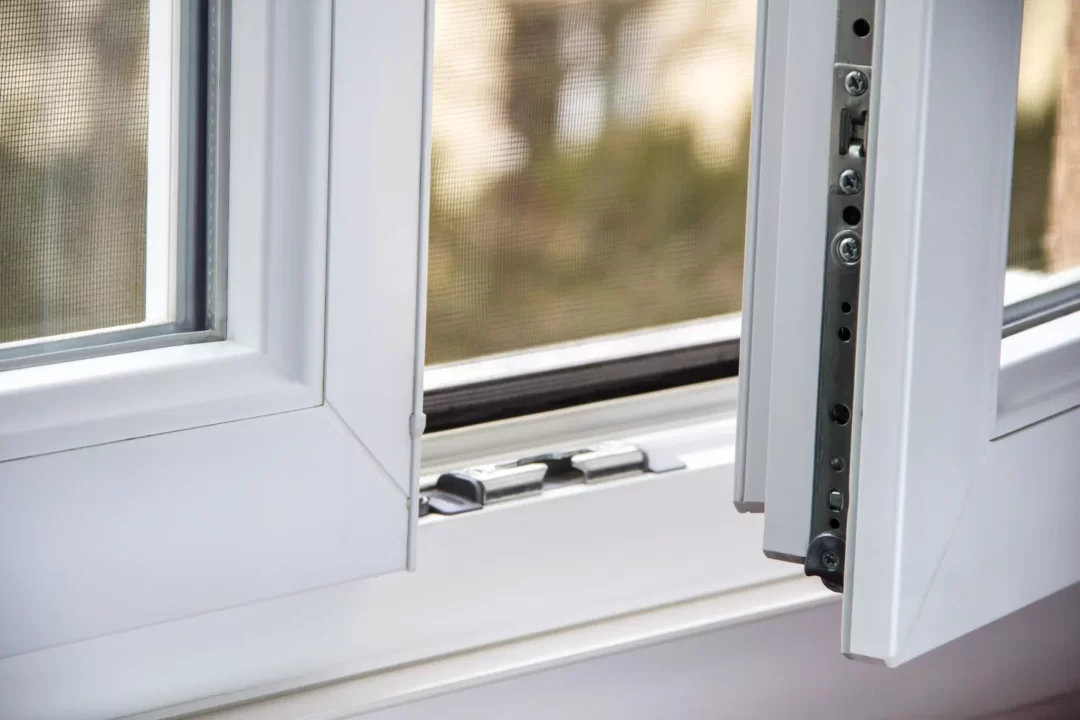
Now that your window sensors are in place, let’s explore the benefits they offer:
1. Enhanced Security
Window sensors provide an additional layer of security, alerting you to any unauthorized entry attempts. This early warning can deter potential intruders and give you peace of mind.
2. Integration with Home Security Systems
Many window sensors can be integrated into larger home security systems, allowing you to monitor and control them remotely through a smartphone app or a central control panel.
3. Reduced Insurance Costs
Having window sensors installed can lead to reduced homeowner’s insurance premiums, as they demonstrate a commitment to security.
4. Safety for Children and Pets
Window sensors not only protect against intruders but also ensure the safety of children and pets by alerting you if a window is opened unexpectedly.
Frequently Asked Questions
Here are some related frequently asked questions:
1. Do window sensors work with all types of windows?
Yes, window sensors can be installed on most types of windows, including sliding, casement, double-hung, and more.
2. Can window sensors be installed on doors?
While window sensors are primarily designed for windows, they can also be used on doors for added security.
3. Are window sensors easy to install on my own?
Yes, most window sensors are designed for DIY installation and come with clear instructions for easy setup.
Conclusion
In conclusion, window sensors come in various designs and sizes, catering to different preferences and security needs.
Whether you opt for traditional magnetic sensors, slim profile sensors, or decorative ones, their primary purpose is to enhance the security of your home or business.
By following the installation steps and understanding their benefits, you can enjoy the peace of mind that comes with knowing your property is well-protected.
So, the next time you wonder, “What do window sensors look like?” remember that they not only look discreet but also provide an invaluable layer of security.
READ ALSO!!!

